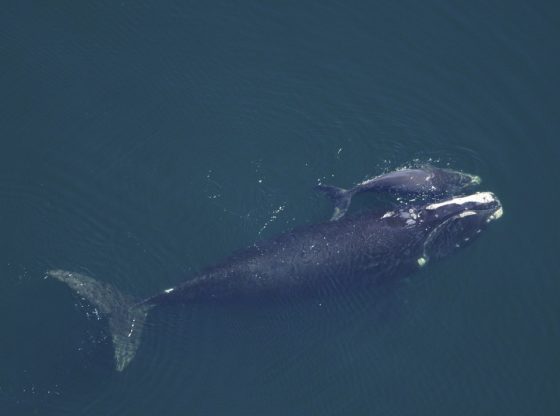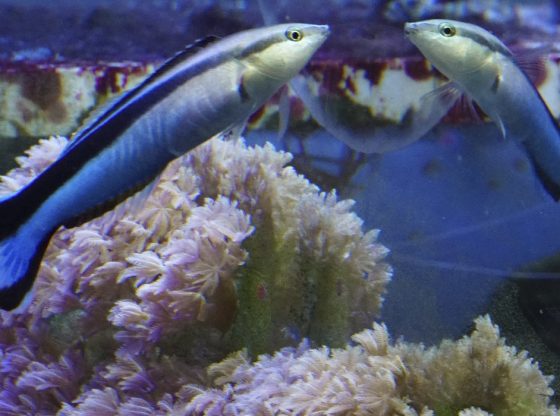Traces of 400 million years of old life have been found deep in the bedrock, according to Swedish researchers.

The researchers have used drilling samples from very old bedrock collected from different geological surveys for a future nuclear fuel repository in Sweden.
Together with researchers from Germany and Britain, they have found what appears to be traces of really old life in the Swedish bedrock.
Chemical analyses indicate that there were, among other things, methane consuming microorganisms 800 meters deep in the rock. These microorganisms seem to have lived 400 million years ago.
“It is intriguing that we could find biomarkers of ancient organic remains of surficial origin (e.g. land plants) preserved within calcite at great depth and that the nutrient source for the microbes at least partly seems to have been coming from the surface. This connection to the surface biosphere may explain why the marks of microbial activity abruptly disappear at around 700 to 800 m depth.”
– Christine Heim of University of Göttingen, Germany, co-author of the study.
“Our multi-phased methodology is clearly well suited for application to extra-terrestrial environments.”
– Lead author Dr. Henrik Drake from Linnaeus University, Sweden.
Since life has evidently thrived in deep down in the Earths crust over geological eons, it shows how life sustains in energy poor systems and is relevant when searching for life in subsurface environments of other planets.
According to the researchers, this gives further knowledge of the conditions and constraints of life.
Reference:
Henrik Drake et al. Isotopic evidence for microbial production and consumption of methane in the upper continental crust throughout the Phanerozoic eon. Earth and Planetary Science Letters May 8, 2017. DOI: 10.1016 / j.epsl.2017.04.034











![OpenAI. (2025). ChatGPT [Large language model]. https://chatgpt.com](https://www.illustratedcuriosity.com/files/media/55136/b1b0b614-5b72-486c-901d-ff244549d67a-350x260.webp)
![OpenAI. (2025). ChatGPT [Large language model]. https://chatgpt.com](https://www.illustratedcuriosity.com/files/media/55124/79bc18fa-f616-4951-856f-cc724ad5d497-350x260.webp)
![OpenAI. (2025). ChatGPT [Large language model]. https://chatgpt.com](https://www.illustratedcuriosity.com/files/media/55099/2638a982-b4de-4913-8a1c-1479df352bf3-350x260.webp)








